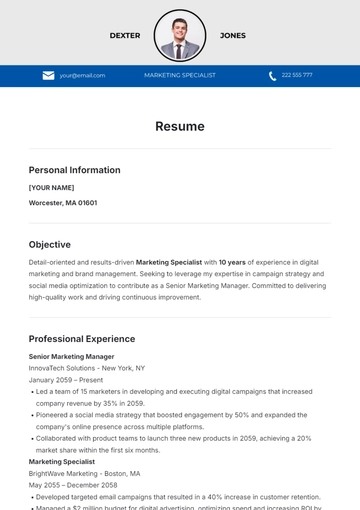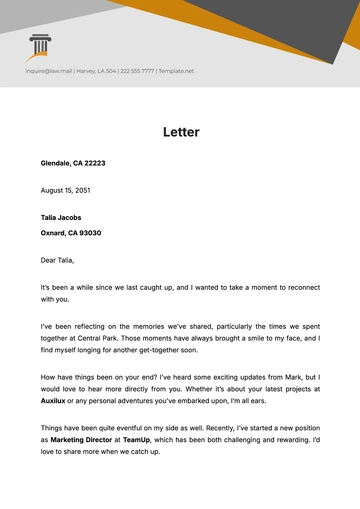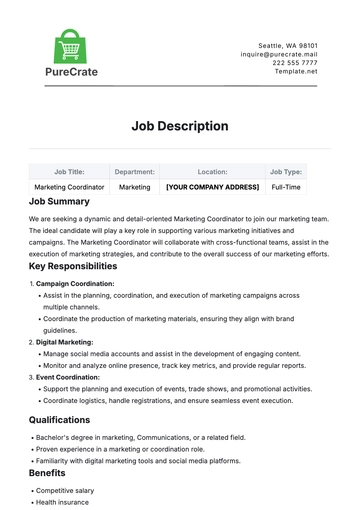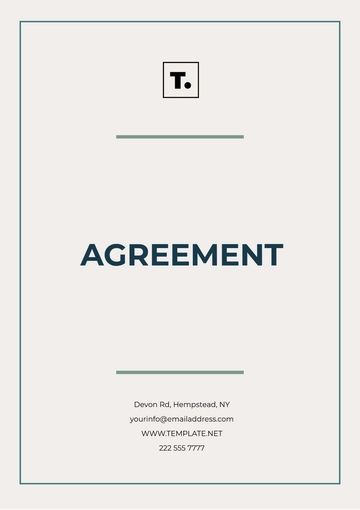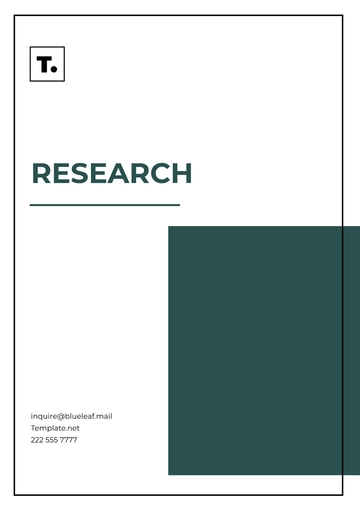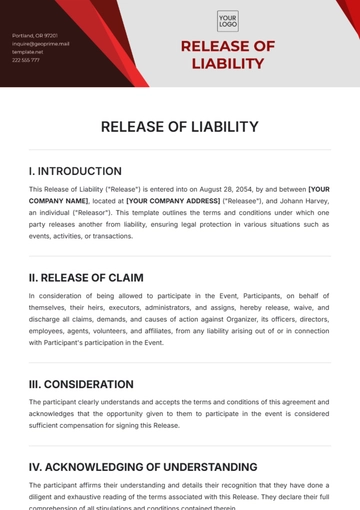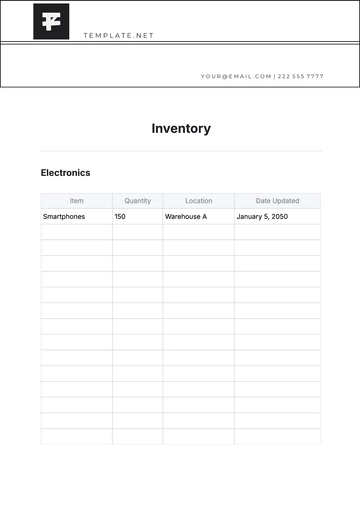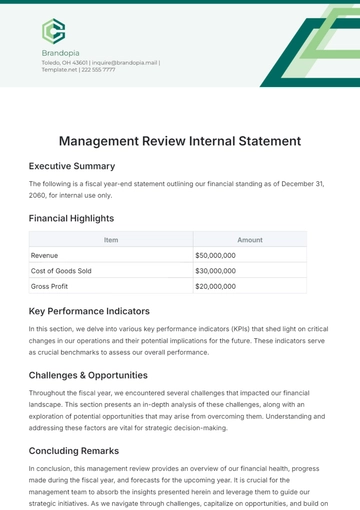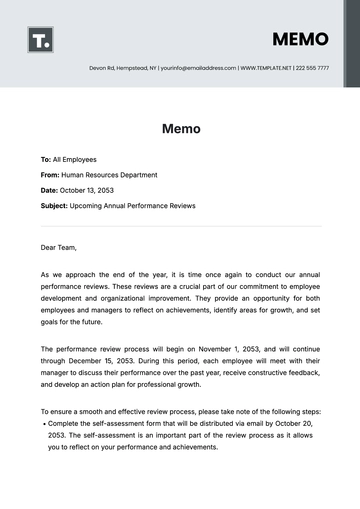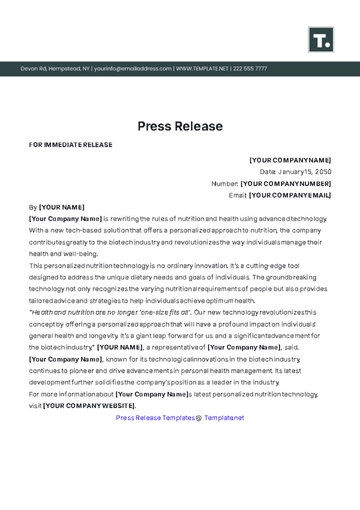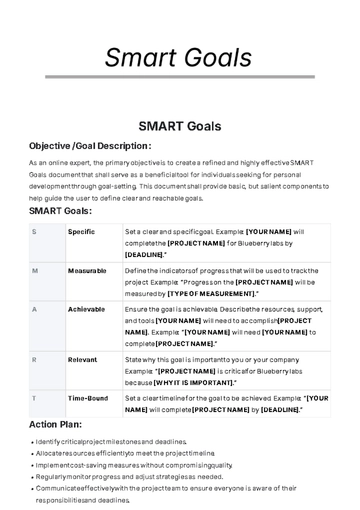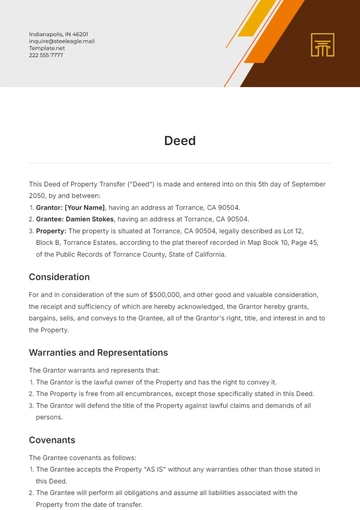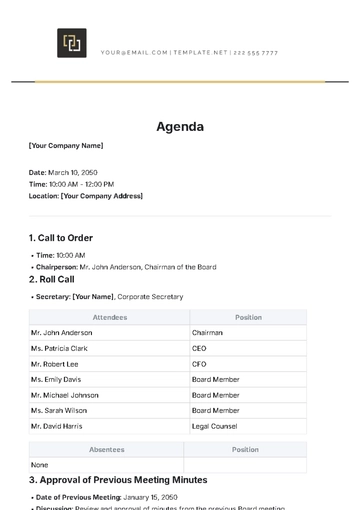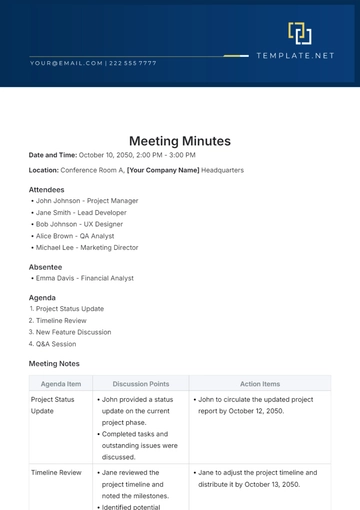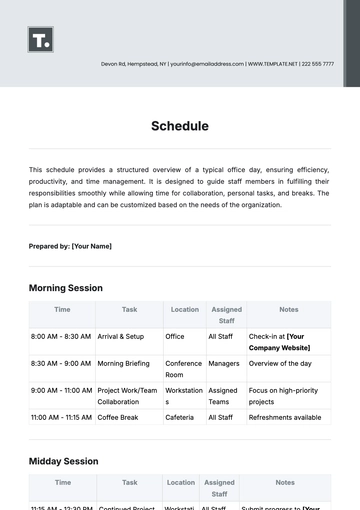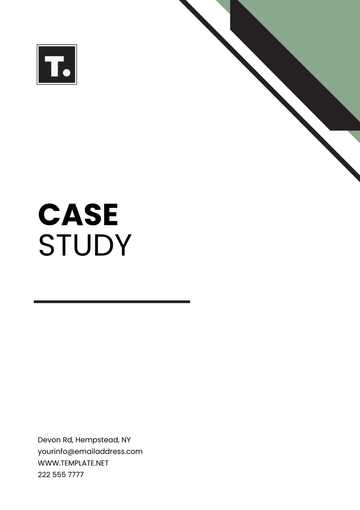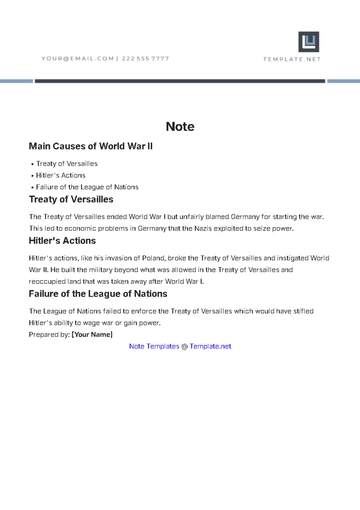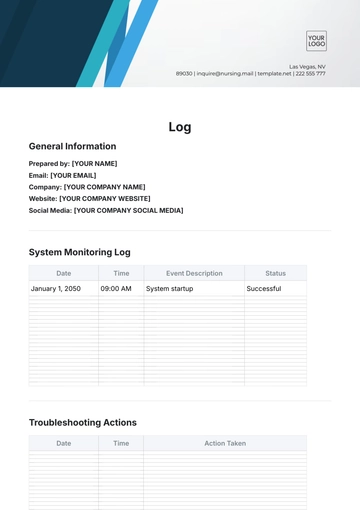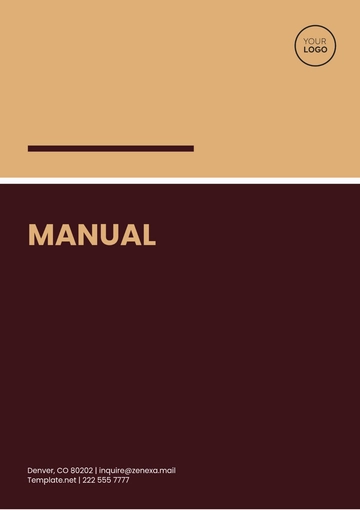Free Treatment Protocol
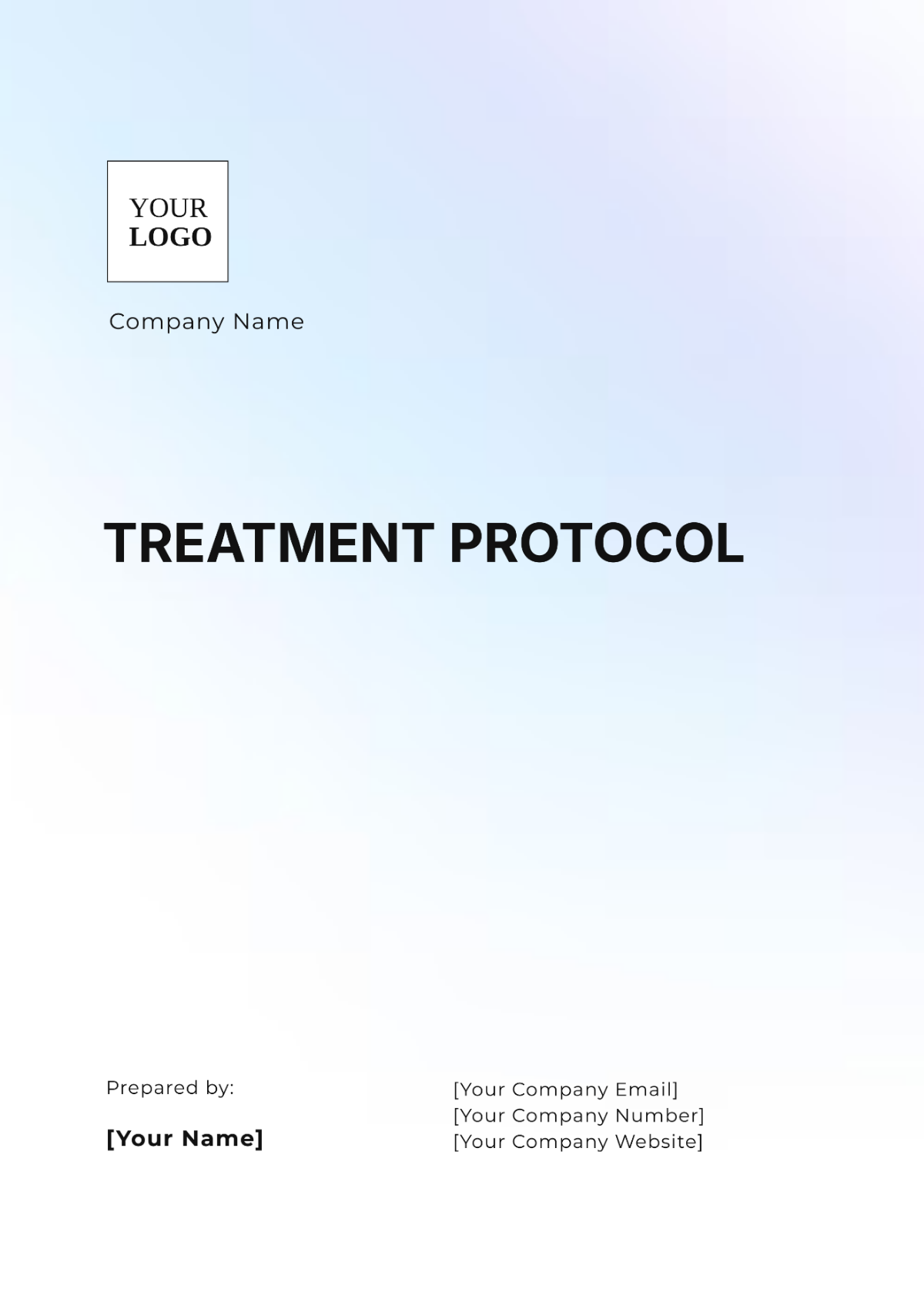
Name: | [Your Name] |
|---|---|
Company: | [Your Company Name] |
Department: | [Your Department] |
Date: | [Date] |
I. Introduction
This Treatment Protocol aims to establish standardized care guidelines for nursing staff to ensure consistency and quality in patient care delivery. By adhering to these guidelines, nursing professionals can optimize patient outcomes, minimize errors, and enhance the overall quality of care.
II. Objectives
Standardize the delivery of patient care among nursing staff members.
Improve patient outcomes by ensuring consistent and evidence-based practices.
Enhance communication and collaboration among healthcare team members.
Minimize errors and adverse events through adherence to standardized care guidelines.
Empower nursing staff with clear and concise protocols for effective patient care delivery.
III. Purpose
The purpose of this protocol is to provide clear and concise instructions for nursing staff regarding the assessment, management, and documentation of patient care activities. By following these standardized procedures, nurses can effectively collaborate with other healthcare team members and ensure the provision of safe and efficient care to all patients.
IV. Scope
This protocol applies to all nursing staff members within [Your Company Name], irrespective of their specialty or clinical setting. It encompasses various aspects of patient care, including but not limited to assessment, medication administration, wound care, infection control, and patient education.
V. Responsibilities
Nursing Staff:
Familiarize themselves with the content of this protocol.
Adhere to the standardized care guidelines outlined herein.
Seek clarification from supervisors or designated personnel as needed.
Document patient care activities accurately and comprehensively.
Supervisors/Charge Nurses:
Ensure that nursing staff are trained on the contents of this protocol.
Monitor compliance with standardized care guidelines.
Provide support and guidance to nursing staff in implementing protocol procedures.
Address any concerns or deviations from protocol promptly.
VI. Key Guidelines
Assessment:
Conduct comprehensive assessments upon admission and at regular intervals thereafter.
Document all relevant patient data, including vital signs, pain levels, and other pertinent information.
Utilize standardized assessment tools as appropriate.
Medication Administration:
Follow the "Five Rights" of medication administration: right patient, right drug, right dose, right route, and right time.
Verify medication orders with patient identifiers before administration.
Document all medication administrations accurately and promptly.
Wound Care:
Follow established wound care protocols for assessment, cleansing, dressing, and monitoring.
Ensure proper infection control measures are maintained during wound care procedures.
Document wound characteristics, interventions, and patient response.
Infection Control:
Adhere to standard precautions and transmission-based precautions as indicated.
Practice proper hand hygiene before and after patient contact, as well as between procedures.
Utilize personal protective equipment (PPE) appropriately to prevent the spread of infection.
Patient Education:
Provide patients and their families with relevant information regarding their condition, treatment plan, and self-care measures.
Ensure that educational materials are provided clearly and understandably.
Document patient education activities and assess understanding.
VII. Expected Results
Improved patient outcomes, including reduced incidence of adverse events and complications.
Enhanced patient satisfaction due to consistent and high-quality care delivery.
Increased efficiency in nursing workflows through standardized procedures and documentation.
Strengthened interdisciplinary collaboration and communication among healthcare team members.
Compliance with regulatory requirements and best practices in patient care.
VIII. Documentation
Accurate and thorough documentation is essential to ensure continuity of care and facilitate communication among healthcare team members. Nursing staff must document all patient care activities, including assessments, interventions, and patient responses, in the electronic health record (EHR) or designated documentation system according to organizational policies and procedures.
IX. Review and Revision
This Treatment Protocol will be subject to periodic review and revision to reflect current evidence-based practices, regulatory requirements, and organizational needs. Nursing staff are encouraged to provide feedback and suggestions for improvement to enhance the effectiveness of the protocol.
X. Conclusion
This Treatment Protocol provides a framework for nursing staff to deliver standardized and evidence-based care to patients within [Your Company Name]. By adhering to the guidelines outlined herein, nursing professionals can contribute to improved patient outcomes, enhanced communication and collaboration among healthcare team members, and the overall delivery of safe and efficient care.
- 100% Customizable, free editor
- Access 1 Million+ Templates, photo’s & graphics
- Download or share as a template
- Click and replace photos, graphics, text, backgrounds
- Resize, crop, AI write & more
- Access advanced editor
Introducing Treatment Protocol Template from Template.net: a game-changer in healthcare documentation. Crafted with precision, this editable and customizable tool simplifies protocol creation. Seamlessly integrate vital details into our Ai Editor Tool for precision and efficiency. Elevate your practice with a solution designed to streamline processes and enhance patient care. Unlock your potential with Template.net's Treatment Protocol Template.
You may also like
Free
Free CV Template

- Resume
- Cover Letter
- Report
- Budget
- Lesson Plan
- Itinerary
- Resignation Letter
- Letter
- Job Description
- To Do List
- CV
- Proposal
- Business Plan
- Checklist
- List
- Smart Goal
- Executive Summary
- Agenda
- Analysis
- Press Release
- Memo
- Note
- Action Plans
- Script
- Essay
- Brief
- Syllabus
- Tracker
- Contract
- Agreement
- Bill of Sale
- Case Study
- White Paper
- Statement
- Will
- Deed
- Notice
- Scope of Work
